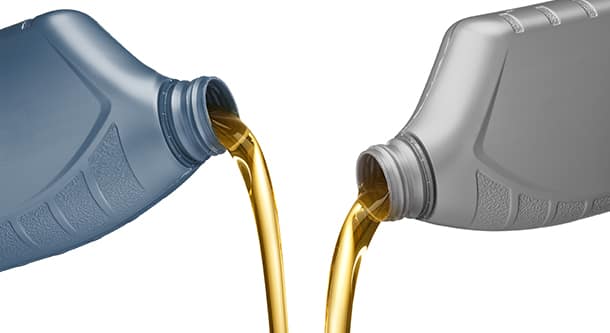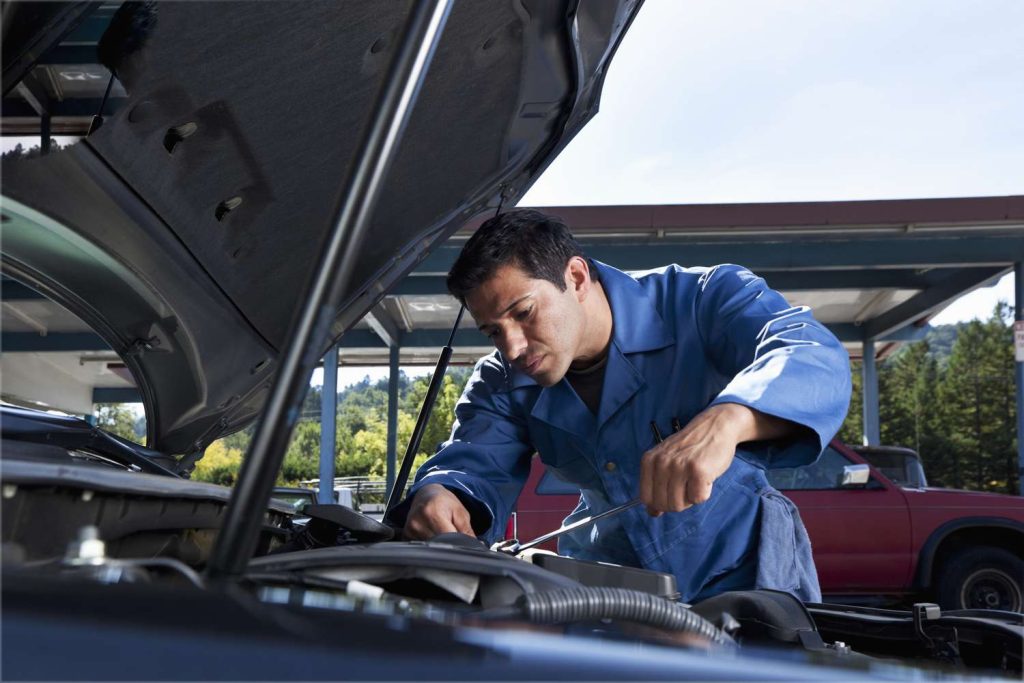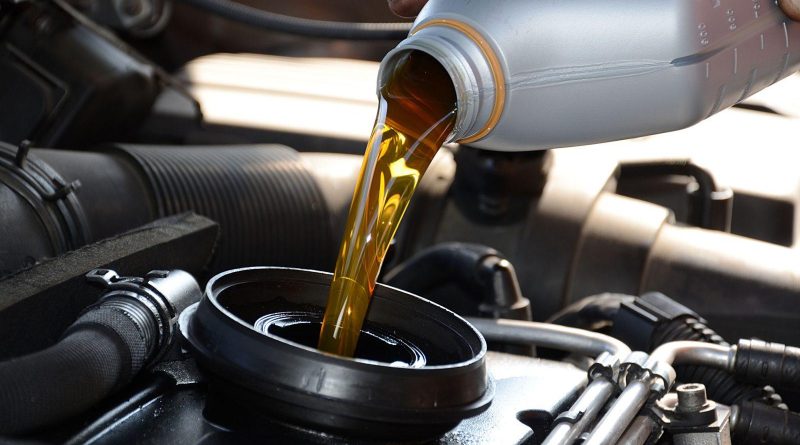Preventing Oil Pressure Drops While Driving: Tips and Tricks for Car Maintenance
Oil pressure is a critical aspect of a car’s engine performance and longevity. It ensures that all the moving parts within the engine are properly lubricated and cooled, preventing friction and overheating. Without sufficient oil pressure, the engine can suffer from serious damage and even failure. In this article, we will explore the importance of oil pressure in a car’s engine, how to identify signs of low oil pressure, reasons for oil pressure drops while driving, how to check your car’s oil level, how often to change your car’s oil, choosing the right type of oil for your car, maintaining the oil filter, tips for keeping your car’s engine cool, regular maintenance checks, when to seek professional help, and the importance of staying on top of car maintenance.
Understanding the Importance of Oil Pressure in Your Car’s Engine
Oil pressure refers to the force exerted by the oil as it circulates through the engine. It is crucial because it ensures that all the moving parts within the engine are properly lubricated. Without sufficient lubrication, these parts can rub against each other and cause friction, leading to wear and tear. Additionally, oil pressure helps to cool down the engine by carrying away heat from the moving parts.
Maintaining proper oil pressure is essential for the overall health and performance of your car’s engine. Insufficient oil pressure can lead to serious damage, such as engine overheating or even complete engine failure. It is important to regularly check your car’s oil level and ensure that it is at the recommended level to maintain proper oil pressure.
Signs of Low Oil Pressure and How to Identify Them

There are several signs that indicate low oil pressure in your car’s engine. One common sign is the illumination of the oil pressure warning light on your dashboard. This light typically looks like an oil can or an exclamation mark inside a circle. If this light comes on while you are driving, it is important to pull over safely and check your oil level immediately.
Another sign of low oil pressure is unusual engine noises. If you hear knocking or ticking sounds coming from the engine, it could be an indication that there is not enough oil pressure to properly lubricate the moving parts. These noises should not be ignored and should be addressed promptly.
You can also identify low oil pressure by using an oil pressure gauge or by checking the oil level using the dipstick. An oil pressure gauge is typically located on the dashboard and provides a real-time reading of the oil pressure. If the gauge shows a low reading or fluctuates significantly, it may indicate low oil pressure. Alternatively, you can use the dipstick to check the oil level. Simply remove the dipstick, wipe it clean, reinsert it, and then remove it again to check the oil level. If the oil level is below the recommended level, it may indicate low oil pressure.
Reasons for Oil Pressure Drops While Driving
There are several reasons why oil pressure may drop while driving. One common cause is low oil levels. If your car’s engine does not have enough oil, it cannot generate sufficient oil pressure to properly lubricate and cool down the moving parts. It is important to regularly check your car’s oil level and top it up if necessary.
Another reason for oil pressure drops is oil leaks. If there are leaks in the engine or in the oil system, it can result in a loss of oil pressure. Common areas for leaks include the oil pan gasket, valve cover gasket, or oil filter housing. It is important to address any leaks promptly to prevent further damage to the engine.
Driving habits can also affect oil pressure. Aggressive driving, such as rapid acceleration or hard braking, can cause a drop in oil pressure due to increased friction and heat generation within the engine. It is important to drive responsibly and avoid excessive strain on the engine to maintain proper oil pressure.
Checking Your Car’s Oil Level: The Right Way to Do It
Checking your car’s oil level is a simple task that can be done regularly to ensure that you have sufficient oil for proper lubrication and cooling. Here is a step-by-step guide on how to check your car’s oil level:
- Park your car on a level surface and turn off the engine. Wait for a few minutes to allow the oil to settle.
- Open the hood of your car and locate the dipstick. It is usually labeled with an oil can symbol and is located near the engine.
- Pull out the dipstick and wipe it clean with a cloth or paper towel.
- Reinsert the dipstick fully into its tube and then remove it again.
- Observe the oil level on the dipstick. There are usually two marks indicating the minimum and maximum oil levels. The oil level should be between these two marks.
- If the oil level is below the minimum mark, you will need to add more oil. Refer to your car’s owner manual for the recommended type and amount of oil.
It is important to note that checking your car’s oil level should be done when the engine is cold or has been turned off for at least 10 minutes. This allows the oil to settle and provides a more accurate reading.
How Often Should You Change Your Car’s Oil?
The frequency of oil changes depends on several factors, including the type of oil used, driving conditions, and the manufacturer’s recommendations. In general, it is recommended to change your car’s oil every 3,000 to 5,000 miles or every three to six months, whichever comes first.
However, modern cars and synthetic oils can often go longer between oil changes. Some manufacturers recommend changing the oil every 7,500 to 10,000 miles or every six to twelve months. It is important to refer to your car’s owner manual for the specific recommendations for your vehicle.
Factors that can affect oil change frequency include driving conditions, such as frequent stop-and-go traffic or towing heavy loads, which can put more strain on the engine and require more frequent oil changes. Additionally, extreme temperatures, both hot and cold, can also affect the oil’s performance and may require more frequent oil changes.
Choosing the Right Type of Oil for Your Car: Synthetic or Conventional?

When it comes to choosing the right type of oil for your car, you have two main options: synthetic or conventional oil. Synthetic oil is made from artificially synthesized compounds and offers several advantages over conventional oil.
Synthetic oil provides better lubrication and protection for the engine, especially in extreme temperatures. It has a higher viscosity index, which means it maintains its viscosity better under different temperature conditions. This allows it to flow more easily at low temperatures, providing better cold-start protection, and maintain its viscosity at high temperatures, providing better protection against engine wear.
Conventional oil, on the other hand, is derived from crude oil and undergoes minimal processing. It is less expensive than synthetic oil but does not offer the same level of performance and protection. Conventional oil may break down more quickly under extreme temperatures and may require more frequent oil changes.
When choosing between synthetic and conventional oil, it is important to consider factors such as your car’s age, driving conditions, and manufacturer’s recommendations. If your car is relatively new or if you drive in extreme temperatures or under heavy loads, synthetic oil may be a better choice. However, if your car is older or if you drive in moderate conditions, conventional oil may be sufficient.
Maintaining the Oil Filter: Why It’s Important and How to Do It
The oil filter plays a crucial role in maintaining proper oil pressure by removing contaminants from the oil. Over time, the oil filter can become clogged with dirt, debris, and other particles, reducing its effectiveness and potentially causing a drop in oil pressure.
It is important to regularly maintain and replace the oil filter to ensure that it is functioning properly. Most manufacturers recommend replacing the oil filter every time you change the oil, which is typically every 3,000 to 5,000 miles or every three to six months.
To maintain the oil filter, follow these steps:
- Locate the oil filter. It is usually located near the engine and can be accessed from underneath the car.
- Place a drain pan underneath the oil filter to catch any oil that may spill.
- Use an oil filter wrench to loosen and remove the old oil filter. Be careful as it may still contain hot oil.
- Clean the area around the oil filter housing to remove any dirt or debris.
- Apply a thin layer of clean oil to the rubber gasket on the new oil filter.
- Screw on the new oil filter by hand until it is snug. Do not overtighten.
- Check for any leaks around the oil filter housing.
Regularly maintaining and replacing the oil filter will help ensure that your car’s engine has proper oil pressure and is protected from contaminants.
Avoiding Overheating: Tips for Keeping Your Car’s Engine Cool
Overheating can have a significant impact on oil pressure and engine performance. When an engine overheats, it can cause the oil to break down and lose its lubricating properties, leading to increased friction and wear on the moving parts. It can also cause seals and gaskets to fail, resulting in leaks and further loss of oil pressure.
To prevent engine overheating and maintain proper oil pressure, here are some tips:
- Regularly check your car’s coolant level and top it up if necessary. Coolant helps to regulate the engine’s temperature and prevent overheating.
- Inspect the radiator for any signs of damage or leaks. A damaged radiator can lead to insufficient cooling and overheating.
- Keep an eye on the temperature gauge on your dashboard. If it starts to rise above the normal range, it may indicate an issue with the cooling system.
- Avoid driving in extreme temperatures whenever possible. If you must drive in hot weather, use your car’s air conditioning system to help cool down the engine.
- Avoid heavy traffic or stop-and-go driving whenever possible. These conditions can put additional strain on the engine and increase the risk of overheating.
- If you notice any signs of overheating, such as steam coming from under the hood or a strong smell of coolant, pull over safely and turn off the engine. Allow it to cool down before attempting to diagnose or address the issue.
By following these tips, you can help prevent engine overheating and maintain proper oil pressure in your car’s engine.
Regular Maintenance Checks: Keeping Your Car in Top Condition

Regular maintenance checks are essential for maintaining oil pressure and overall car health. By staying on top of maintenance tasks, you can catch potential issues early and prevent more serious problems down the line.
Some common maintenance tasks include:
- Regularly checking your car’s oil level and topping it up if necessary.
- Changing your car’s oil and oil filter at the recommended intervals.
- Checking and topping up other fluids, such as coolant, brake fluid, and power steering fluid.
- Inspecting belts and hoses for signs of wear or damage.
- Checking tire pressure and tread depth regularly.
- Inspecting and replacing air filters as needed.
- Testing and replacing spark plugs at the recommended intervals.
By performing these regular maintenance checks, you can ensure that your car is in top condition and that oil pressure is maintained at the proper level.
When to Seek Professional Help: Signs that Your Car Needs a Mechanic’s Attention
While regular maintenance checks can help prevent many issues, there may be times when your car requires professional attention. It is important to be aware of the signs that indicate a need for a mechanic’s expertise.
Some signs that your car needs a mechanic’s attention include:
- Persistent low oil pressure, even after topping up the oil and replacing the oil filter.
- Unusual engine noises, such as knocking, ticking, or grinding sounds.
- Excessive smoke coming from the exhaust.
- Engine misfires or hesitation during acceleration.
- Leaks or puddles of fluid underneath the car.
- Warning lights on the dashboard that indicate a problem, such as the check engine light or the oil pressure warning light.
If you notice any of these signs, it is important to address them promptly to prevent further damage to your car’s engine. Ignoring these signs can lead to more serious and costly repairs down the line.
Conclusion
Maintaining proper oil pressure is crucial for the health and performance of your car’s engine. It ensures that all the moving parts are properly lubricated and cooled, preventing friction and overheating. By understanding the importance of oil pressure, regularly checking your car’s oil level, changing the oil at the recommended intervals, choosing the right type of oil, maintaining the oil filter, keeping your car’s engine cool, performing regular maintenance checks, and seeking professional help when needed, you can ensure that your car stays in top condition and performs optimally for years to come. Stay on top of car maintenance for optimal performance and longevity.
